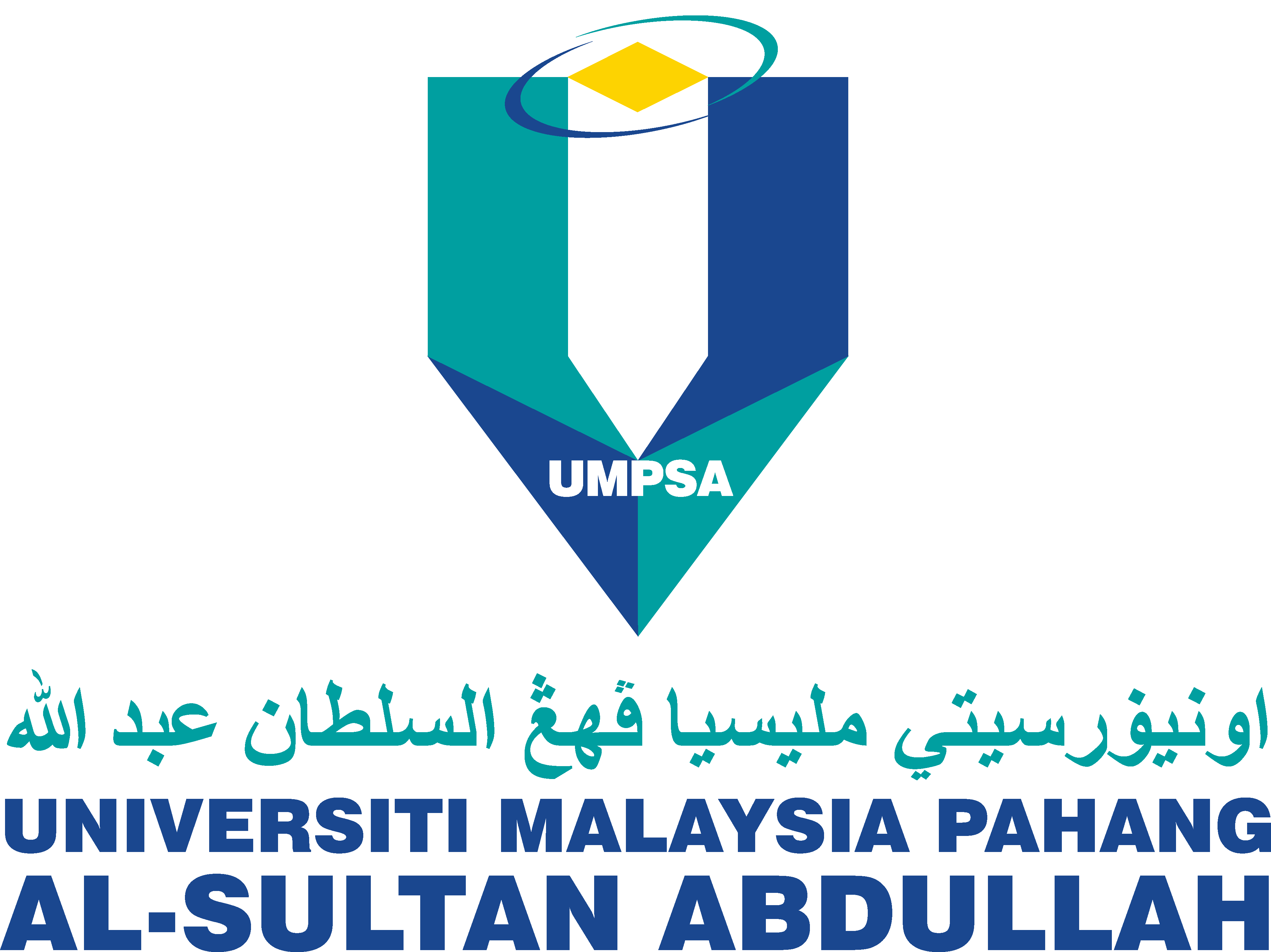APPLICATION OF HFACS-HFIX FRAMEWORK IN NTSC’S FINDINGS AND RECOMMENDATIONS: WAMENA AIR ACCIDENTS’ CASE STUDY
DOI:
https://doi.org/10.15282/ijim.13.1.2022.6092Keywords:
Swiss Cheese, NTSC, HFACS, HFIX, Un-Stabilized ApproachAbstract
Wamena airport experienced accidents in 2002, 2008, 2009, 2013, 2015, and 2016. All accidents were cargo flights and in approach and landing flight phases. As the Swiss Cheese concept, accident happened when errors penetrated safety defenses’ layers in straight line. Structuring NTSC’s investigations, under HFACS framework to understand the human factor failures type and HFIX strategy to close the failures by applying the recommendations, need to be done in air accident investigation. Eleven aviation experts and practitioners were interviewed in this study, to validate the framework. There were layers without any failures in accident 2008, 2013, and 2016. Accident in 2016 has no recommendation due operators’ safety actions were considered relevant to block failures. Accidents in 2002, 2009, 2013, and 2015 have failure in a layer which intervened by two or more recommendations. There were failures remain open in accident 2002, 2009, 2013, and 2016. Repetitive failure, error or violation of repetitive accidents in 2002, 2009, 2013, 2015, and 2016 is un-stabilized approach and has not been blocked with effective interventions. HFACS and HFIX are useful to framework the accident investigation, preventing similar accident happened in the future.
References
Chen, J. C., Lin, S. C., (2016). Application of a hybrid model for mitigating skill-based errors in military flight operation. ADFA, p.1.
Chen, J. C., Lin, S., Yu, V. F., (2017). Structuring an effective human error intervention strategy selection model for commercial aviation. J. Air Transport. Management. 60, 65-75.
Chen, J. C., Yu, V. F., (2018). Relation between human error intervention strategies and unsafe acts: The role of strategy implementability. J. Air Transport. Management. 69, 112-122.
Daramola, A. Y., (2014). An investigation of air accidents in Nigeria using the Human Factors Analysis and Classification System (HFACS) framework. Journal of Air Transport Management 35, 39-50.
Efthymiou, M., Kelly, D., (2019). An analysis of human factor in fifty controlled flights into terrain aviation accidents from 2007 to 2017. J. Safety. Research. 69, 155-165.
Filho, A. P. G., Souza, C., Siqueira, E., Anderson, M., Vasconcelos, T., (2019). Human Factors and Helicopter Accidents: An Analysis Using the Human Factors Analysis and Classification System (HFACS). AISC 786, 105–112.
Harris, Don., Li, W. C., Yu, C. S., (2008). Routes to failure: Analysis of 41 civil aviation accidents from the Republic of China using the human factor analysis and classification system. Accident Analysis and Prevention 40, 426-434.
Harris, Don., Li, W.C., (2013). Identifying Training Deficiencies in Military Pilots by Applying the Human Factors Analysis and Classification System. International Journal of Occupational Safety and Ergonomics (JOSE), Vol. 19, No. 1, 3–18.
http://knkt.go.id/post/read/laporan-final-penerbangan (retrieved April 15, 2020).
Indonesian Government, Civil Aviation Safety Regulation 830 No. 256, 2014, Transport Department 2014.
KNKT, Aircraft Accidents Investigation Final Report No. /02.12/04.01.012: PT Trigana Air Service Antonov 72-100 ES-NOP, 2002. Wamena Airport Author Republic of Indonesia.
KNKT, Aircraft Accidents Investigation Final Report No. 08.03.06.04: PT Manunggal Air Service Transall-160 PK-VTQ, 2008. Wamena Airport Author Republic of Indonesia.
KNKT, Aircraft Accidents Investigation Final Report No. 09.04.12.01: PT Avia Star Mandiri British Aerospace BAe 146-300 PK-BRD, 2009. Wamena Airport Author Republic of Indonesia.
KNKT, Aircraft Accidents Investigation Final Report No. 13.05.18.04: PT. Deraya British Aerospace BAe ATP Freighter PK-DGI, 2013. Wamena Airport Author Republic of Indonesia.
KNKT, Aircraft Accidents Investigation Final Report No. 15.08.20.04: PT. Cardig Air Boeing 737-300 PK-BBY, 2015. Wamena Airport Author Republic of Indonesia.
KNKT, Aircraft Accidents Investigation Preliminary Report No. 16.09.27.04: PT. Trigana Air Service Boeing 737-300F PK-YSY, 2016. Wamena Airport Author Republic of Indonesia.
Li, W. C., Harris, D., Yu, C. S., (2008). Routes to failure: Analysis of 41 civil aviation accidents from the Republic of China using the human factor analysis and classification system. J. Accident, Analysis and Prevention. 40, 426-434.
Lin, S. C., Chen, J. C., Li, W. C., (2015). The Analysis of Human Error Prevention Strategies in Military Aviation. EPCE, LAAI 9174, pp. 428-435.
Matthews, S., Vandel, R., H., Vogt, C., Phillips, C., N., and Reed, S., D., (2000) “Flight Safety Digest Special Issue Approach and landing Accidents Reduction (ALAR)” November, 2000. Flight Safety Foundation.
Reason, J.T. (1990). Human Error. Cambridge University Press, Cambridge.
Shappell, S. A., Weigmann, D. A., (2003). A human error approach to aviation accidents analysis. The human factor analysis classification system. Ashgate, Aldershot, UK
Shappell, S., Detwiler, C., Holcomb, K., Hackworth, C., Boquet, A., Wiegmann, D.A., (2007). Human error and commercial aviation accidents: An analysis using the human factors analysis and classification system. Hum. Factors 49, 227–242.
Shappell, S., Weigmann, D. A., (2009). A methodology for assessing safety programs targeting human error in aviation. The International Journal of Aviation Psychology, 19, 252-269.
Widyanti, A., Pratama, G. B., Sutalaksana. I. Z., (2018). Incorporating Hofstede’ National Culture in Human Factor Analysis and Classification System (HFACS): Cases of Indonesian Aviation Safety. MATEC Web of Conferences 154, 01063.
Downloads
Published
Issue
Section
License
Copyright (c) 2022 Aloysius Haryono, Tanika Dewi Sofianti, Assoc. Prof. Dr, Dena Hendriana, Dr.

This work is licensed under a Creative Commons Attribution 4.0 International License.



